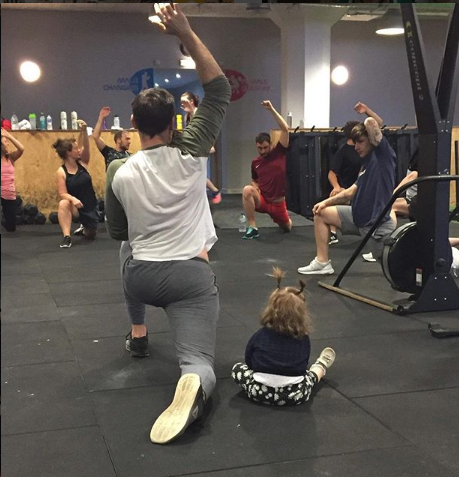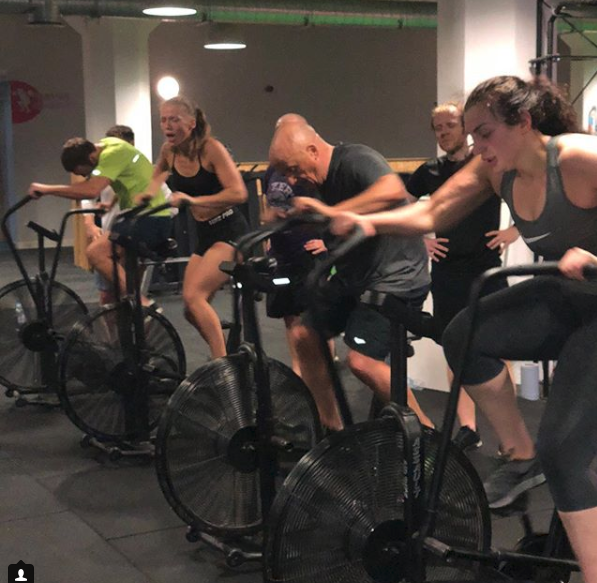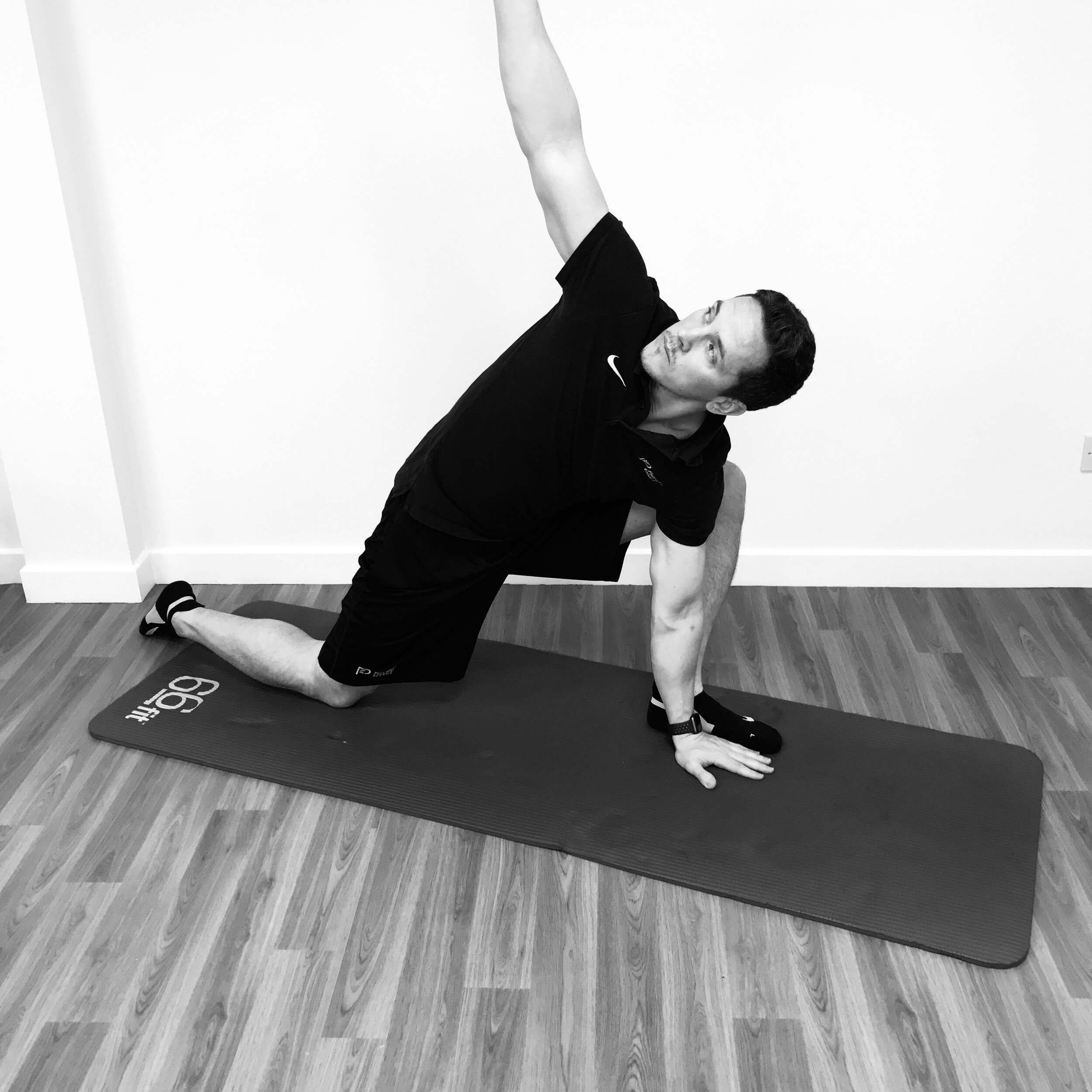In the last number of years we’ve seen a huge shift in the exercise industry towards high intensity interval training (HIIT) as a means of providing time efficient and intense workouts.
There is no doubt that HIIT training can rapidly increase fitness and provide the numerous health benefits associated with exercise but there are also a number of pitfalls to training exclusively like this that should be considered in order to ensure this works for you.
As Sports Physiotherapists we have seen numerous patients fall into repetitive cycles of injury while training in the gym. It becomes all too easy to just suggest this is because that person does Crossfit or trains at a boot camp and attribute the blame to this.
We work closely with a number of Crossfit and Functional Fitness style gyms and, in our experience, they are providing great instruction of movement form/techniques and offer a good variety of training ranging from strength and gymnastic to HIIT training.
We feel that the problem with injury usually arises because of the individual participating in this training not fully appreciating what is involved in it and where they fit into it at any point in time. Often, intense, sweaty workouts are favoured over the more strength or technique based sessions as there is a greater association with feeling fit or losing weight.
The problem with this is that in these HIIT type session exercises are being performed quickly in order to set a time or score. This requires pushing into fatigue using weights or load that can often be disproportionately high for your current strength levels and abilities. This can cause soft tissues and joints to become overloaded and injured. To train like this at a maximal or “competition” intensity 5-6 days per week is unsustainable and unproductive on so many levels and will nearly always lead to burn-out, disappointing performances and injury.
No professional athletes would ever train at full intensity on every session; instead they will do this in limited amounts and work on the various components of their sport in order to peak for short periods only a few times per year. This ensures continual improvement and decreases their likelihood of injury.
We appreciate most people have no aspirations with their exercise to compete in anything, however in order to train consistently, safely and effectively over a number of years, the principles need to be much the same whether recreational or competitive. Class-based exercise instructors will teach technique and oversee safe performance to the best of their abilities in a large group but they cannot be expected to know each individual or monitor everyone to the same degree as a personal trainer or coach. This is why it is essential to take more of an individualised approach and responsibility within these environments in order to lessen injuries, frustration and lack of improvement.
Things to consider with your HIIT sessions:
Have you been training regularly to have built up a sufficient base of fitness and strength to attack a workout at maximum intensity?
If not, you can always modify the workout slightly by going lighter, slower or changing the exercises to something that is more appropriate for you. There’s no shame in it, the shame would be to continually miss sessions due to injury
Do you warm up appropriately for intense exercise sessions?
Most people will exercise early in the morning or after work and at both these times the body is stiff from being sedentary for long periods. It’s unrealistic to expect to move well or safely during intense bouts of exercise without preparing the joints and muscles for this.
The Coach (and mini-coach!) at our Partner Gym EveryDay Athlete leads a structured warm up appropriate to the programmed HIIT workout
What are your individual needs when warming up? Eg. do you require extra stretching for your shoulders because that day you’ve been hunched over a desk all day?
This may not be covered in a class-based environment and you should make sure to cover this yourself before the class starts.
What are your expectations?
If you plan on moving quickly and repetitively with a weight or movement, do you have the strength and skill to perform this same movement in a much more controlled manner?
If you want to get a sweat on in every session that’s okay too but this can also be achieved by training at 80% instead of 100% on some sessions.
Long Term Goals
Year in and year out exercise and training requires consistency and dedication. Similar to more extreme diets, we shouldn’t be looking for a quick fix as it is often unsustainable and doesn’t provide long term results, as this approach can be tortuously difficult and we will lose motivation quickly or get injured.
Have you discussed with your coach, instructor or physio what your individual needs and expectations are with training?
This will reduce that feeling that you’re expected to perform at full intensity on every session. They can help identify things that you may do in your own time or out with class times in the gym that should help you progress to where you want to.
Image from one of the HIIT Classes at one of our partner gyms EveryDay Athlete at our Northside Clinic and Studio in Port Dundas




